FastHelp™ Medical Alert Review – Is It Worth It?
Updated 6/30/2025
We tested FastHelp, a popular emergency alert that connects you directly to 911 with the press of a single button. While we’re generally skeptical of alert systems that lack professional monitoring – we prefer to see a medical alert in touch with a professional monitoring center with immediate medical record access – we decided this compact, low-cost device was worth putting to the test.
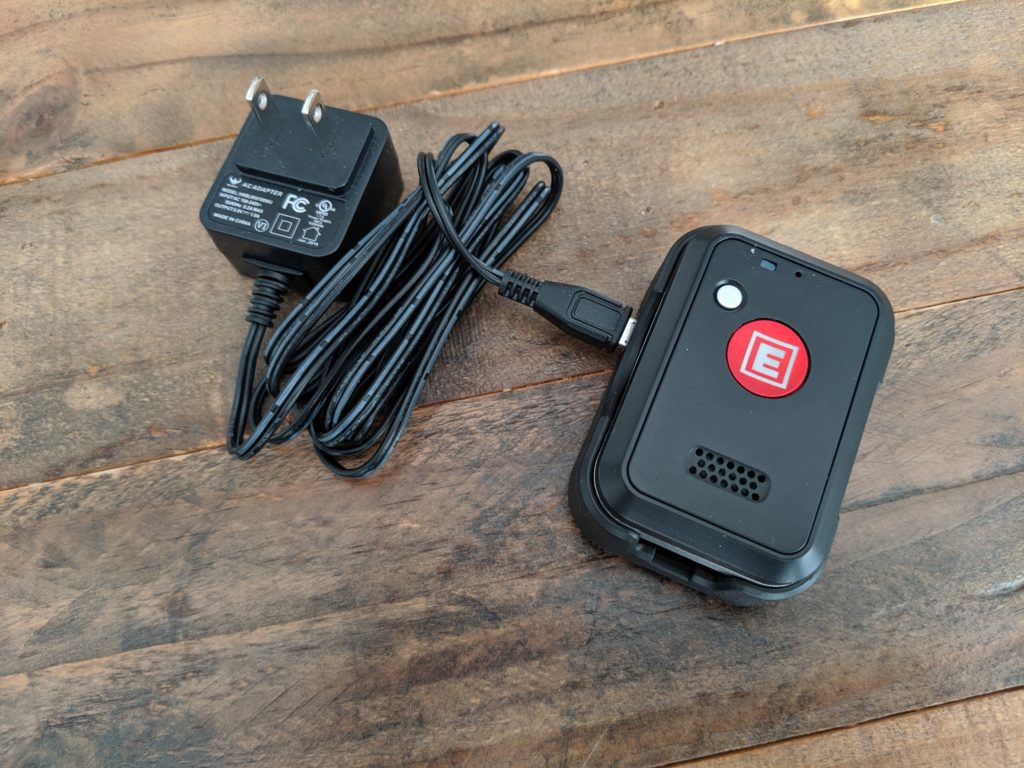
Initial Purchase Experience
FastHelp’s upfront pricing grabs attention — $149 for a device that claims to function anywhere with cellular coverage, compared to its listed retail price of $299. That kind of saving, paired with no ongoing fees, is tempting.
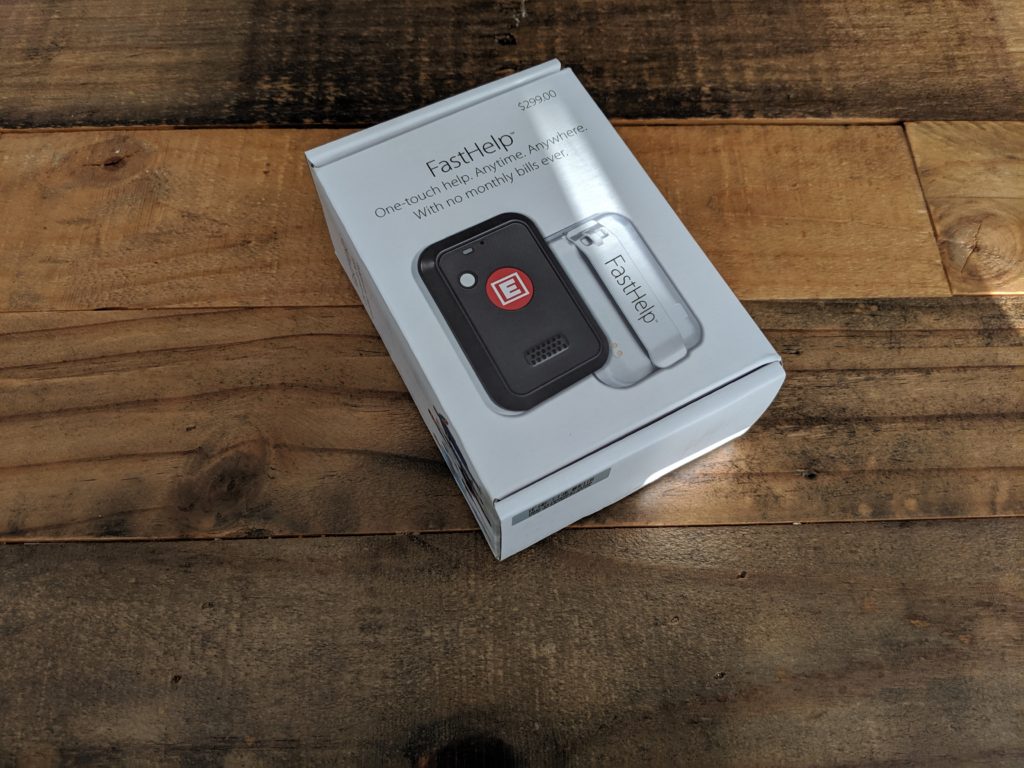
We ordered it straight from the company’s official site. While the site design felt dated and barebones, it was functional enough to complete the purchase with no hassle. Shipping was a flat $13.86 and we weren’t charged tax in California. Our device showed up about seven days later.
Unboxing and First Impressions
FastHelp came in a tidy package with everything needed for immediate use. The unit itself is compact, light, and reminiscent of a vintage pager — small enough to slip into a pocket or clip to a belt without much notice.
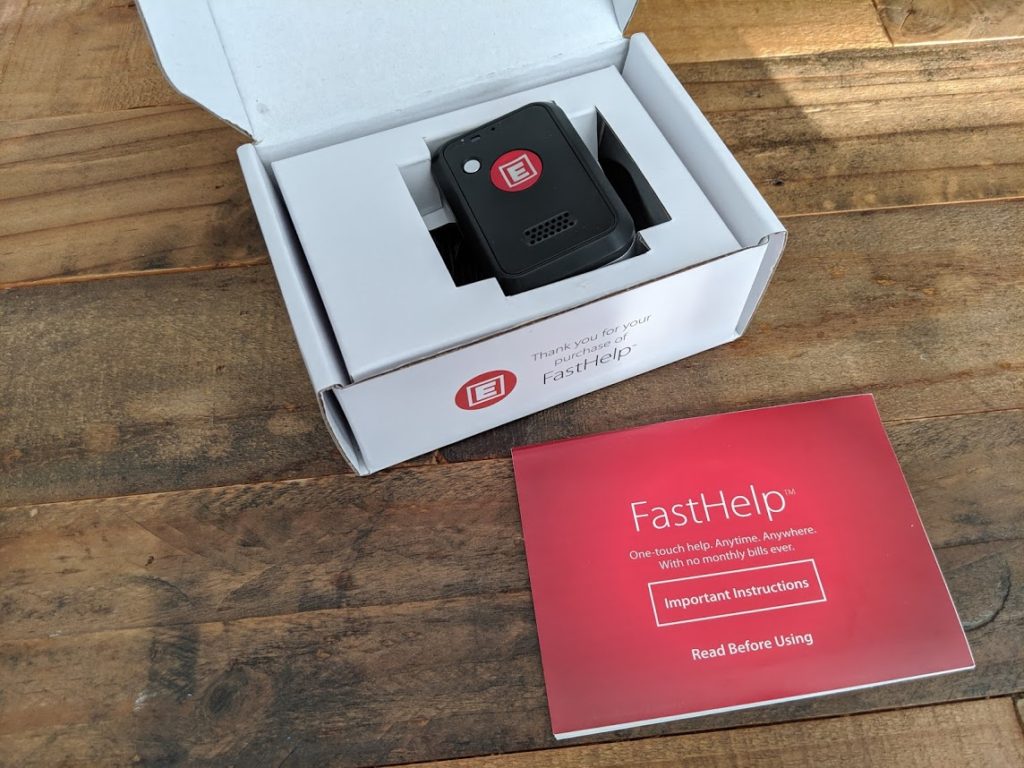
Charging the device is done through a cradle included in the box. It works, though getting the unit to seat properly in the charger required some fiddling.
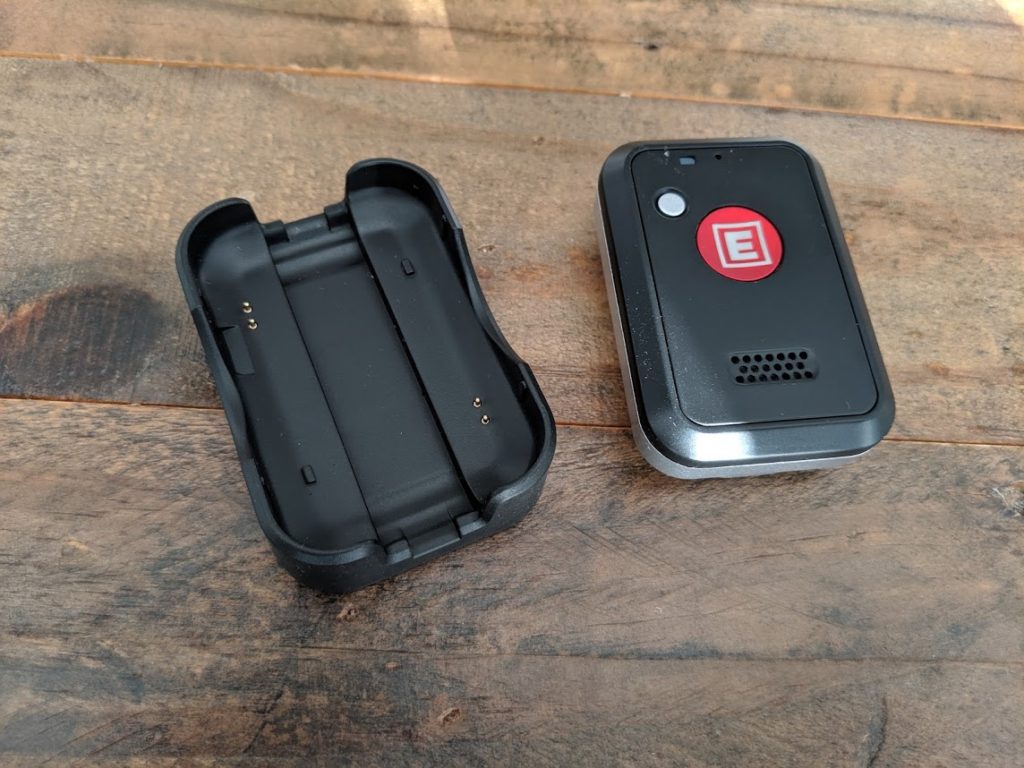
We appreciated the belt clip, which makes it easy to keep the device on hand when you’re out and about.
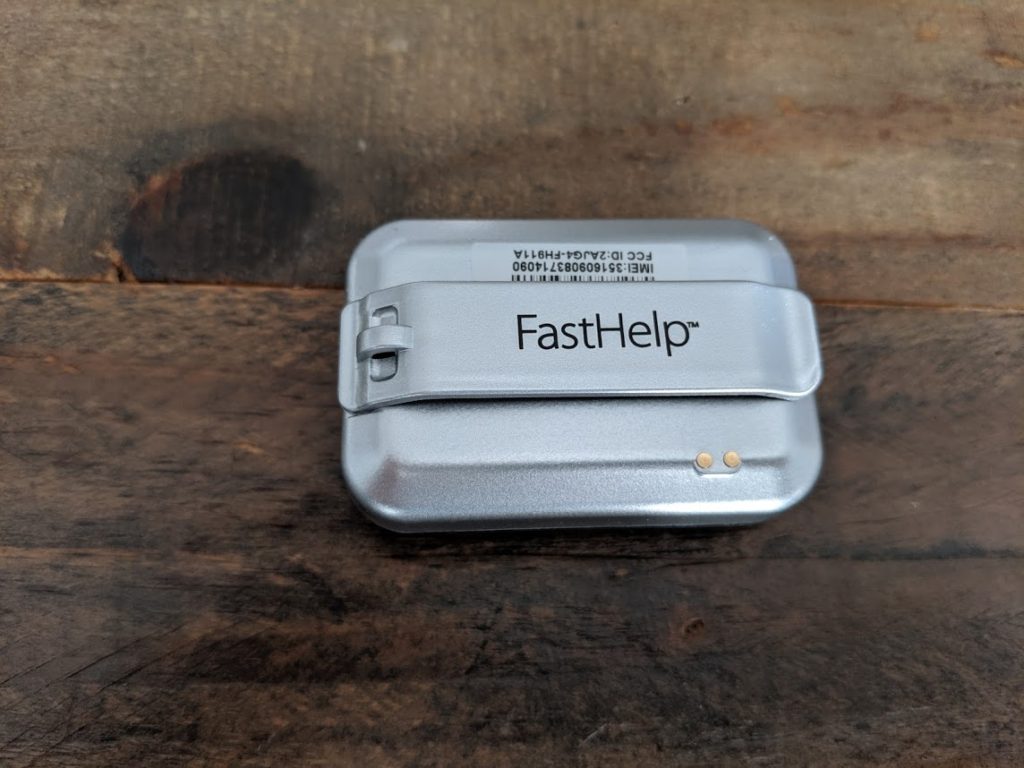
Once connected, it charges fully in about four hours. FastHelp recommends topping off the battery once a month.
How It Works
FastHelp keeps things simple. The front of the unit has two buttons. Pressing and holding the red “E” button for five seconds triggers a call to 911. This makes it faster to get help than fumbling through a locked smartphone during a crisis, such as a heart attack, where time is of the essence.
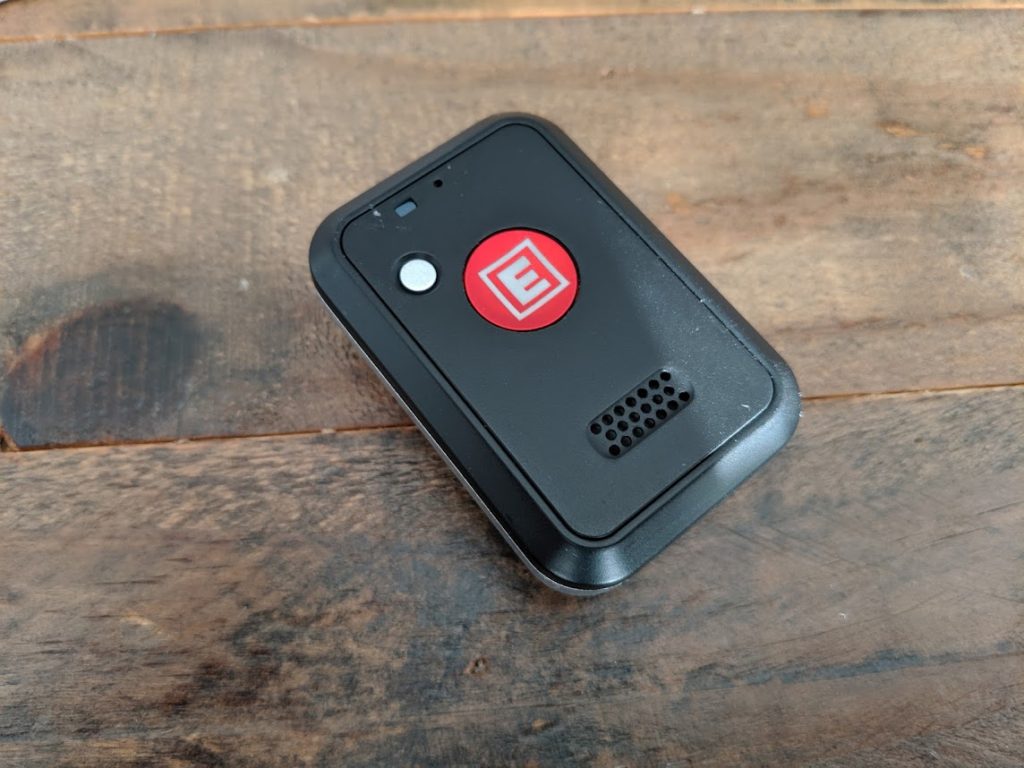
Next to the emergency button is a silver one, which is used to check battery status and cancel accidental calls. Once activated, the device announces, “calling 911, calling 911” until the connection is made. If pressed by mistake, you can stop the call by holding down the silver button again.
The unit functions as a basic emergency phone, relying on 4G cellular signals — no Wi-Fi needed, and no subscription necessary.
Putting It to the Test
To avoid interfering with emergency services, we only placed three test calls. In each case, a 911 dispatcher answered in under a minute. However, the call experience revealed major shortcomings:
- Extremely low speaker volume – Even in a quiet room, hearing the dispatcher was a challenge. For users with any degree of hearing loss, this would likely be a deal-breaker.
- Microphone issues – On our end, the dispatcher also had trouble hearing us. We had to raise our voices significantly to communicate, and even then, clarity was limited.
- Missing features – The device lacks a fall detection option, which is often the primary reason people seek out medical alert systems. There’s also no GPS, no caregiver tracking, and no link to a call center that might provide key medical info during an emergency.
Frankly, these flaws didn’t shock us. You can only pack so much capability into a tiny, inexpensive unit. Unfortunately, good audio quality seems to have been sacrificed for portability.
Bottom Line
FastHelp delivers on its basic promise — it connects you to 911 at the press of a button, and it’s light, portable, and doesn’t cost you anything beyond the initial purchase. But that’s where the good news ends.
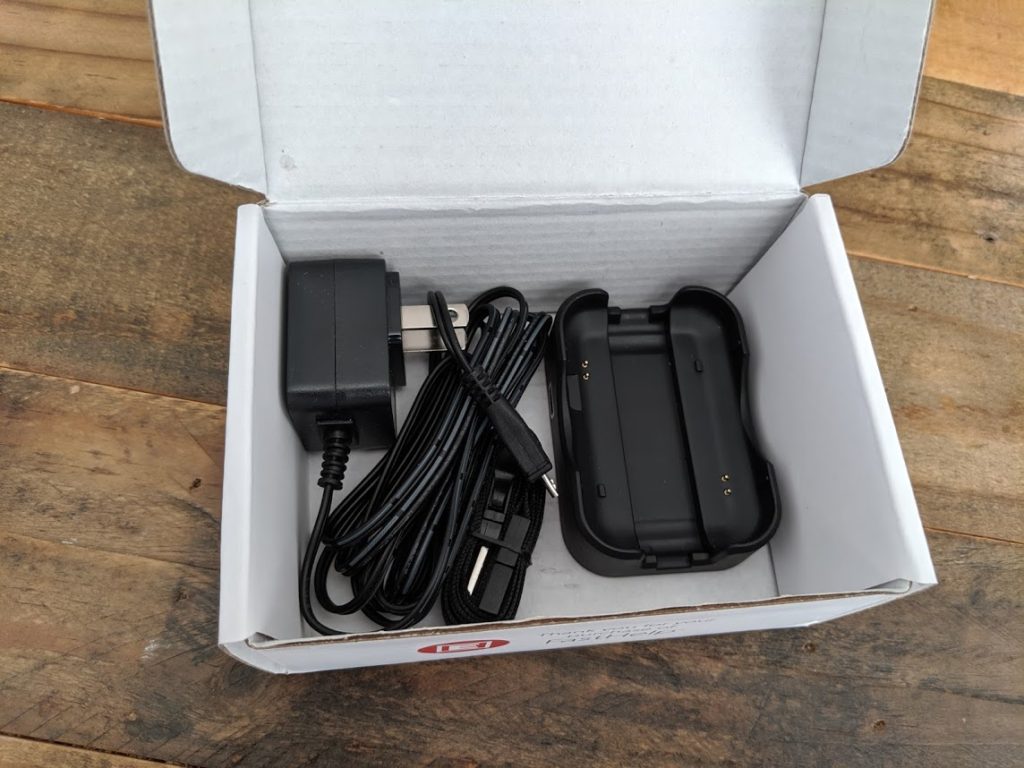
What We Liked:
– Compact, discreet design
– No subscription or ongoing fees
– Water resistance (IPX5 rating)
What We Didn’t Like:
– Audio quality is poor on both ends
– No fall detection or location tracking
– Calls only 911; no caregiver alerts
– Relies on aging 2G/3G infrastructure in some areas
Final Recommendation
While the idea of a direct-to-911 device without monthly fees might appeal to budget-conscious buyers, we remain strong advocates of systems that include 24/7 professional monitoring. The difference in service can be life-saving. Trained dispatchers can access your health profile, contact loved ones, and direct responders even if you’re unable to speak.
Yes, monitored systems do cost more — but the extra investment yields a much higher level of protection. In fact, studies have shown a 7:1 return on every dollar spent in terms of avoided medical costs and faster treatment.
We wouldn’t feel confident recommending FastHelp to our own families. That said, the 30-day return policy makes it a low-risk trial if you’re curious. Just don’t expect more than a basic emergency button.
Disclosure
The rankings and ratings expressed on this site are the opinion of MedicalAlertBuyersGuide.org and are subject to change. To keep this valuable service free, we generate advertising revenue from the companies featured in our rankings. Read our full disclosure.


One Reply to “FastHelp™ Medical Alert Review – Is It Worth It?”
Comments are closed.